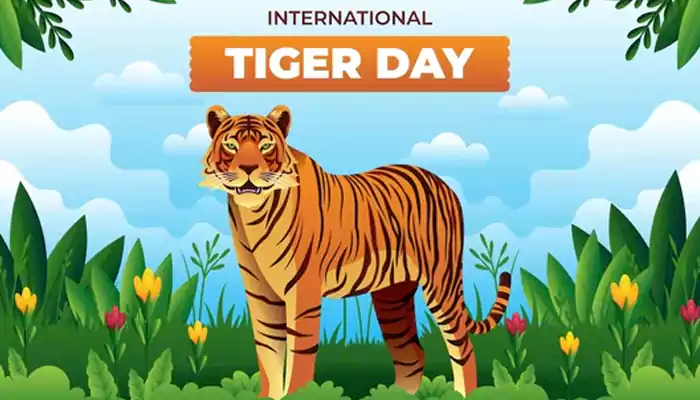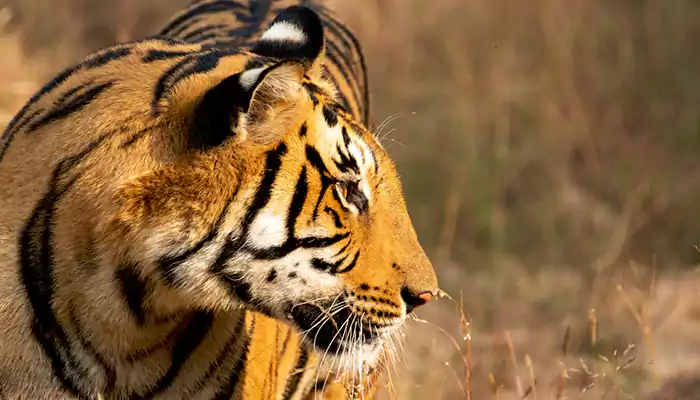The Science of Purring: Cats and their different modes of communication and implications
- Shriparna
- 1 year ago
- 6 minutes read

Purring in cats can be influenced by temperament, breed and previous experiences of the pet
Cats are surely one of the interesting animals that are capable of expressing themselves in a number of ways and one of them is purring. Almost all of us can identify purring with a happy cat but there is much more to it than that. In this article, we will look at factors you should know about why cats purr, meanings of purring and theories that explain the reasons why cats purr.
The Mechanics of Purring: How Do Cats Make This Wonderful Sound Known As Purring?
Purring on the other hand is a sound that is made through repetitions and at faster rates than a cyclic contractions of muscles present in the feline’s larynx. When these muscles twitches they pull apart the vocal cords during both the inspiriting and the expire process hence producing a continuous sound. A purring cat’s rumble falls within the frequency range of 25 to 150 Hz, a bandwidth that some researches will agree has a healing potential on the human body.
Purring in cats, however, has no specific connection with a particular organ or even a special part of the cat’s body. The sound is produced by integrated coordination and cooperation of CNS, the laryngeal muscles and the diaphragm. The brain sends abnormally repeating signals to these muscles and they vibrate thus producing a purring sound. The research also discovered that the neural pathway of the feline’s vocalization could be manipulated by a distinctive pouncing centre of the brain, which might have been developed to support the kind.
I always thought that a cat’s purr operated on only one level, but this article shows that there is a lot more going on in this vocalization than I originally assumed.
It should mention that purring as a rule is regarded as a sign of a satisfied and happy cat, but all the same it is not always connected only with positive feelings. Thus purring occur in different circumstances, and understanding of the meaning of each purring, one must pay attention to the circumstances of the cat and his or her gestures.
Here are a few common reasons why cats purr:
Contentment and Relaxation
Thus, one discovers that the most frequently encountered cause for purring is when a cat feels relaxed, comfortable and happy. This rumble is normally low pitched, constant and coexists with other body language indicators of cats’ comfort including tactical nibbling of the paw, where the eyes are partly closed or the cat stretches out comfortably on its side.
Seeking Attention or Food
Some cats also biod.collectively vocalize by purring to humans that are in the company of their pet animals. A starving cat will vibrate its body, sing and add a purring sound to meowing to attract your attention or simply to let you know that it is time for feeding.
Self-Healing and Pain Relief
It has also been noted that cats purr while they are-injured, sick or even during the process of delivering their young. According to researchers, purring could be a kind of a self-lullaby-the way some people whistle or hum when they are worried. The frequencies of purring within the frequency band of 25 to 150 Hz may also have therapeutic effects by relieving pain, modulating inflammation and encouraging tissue repair.
Bonding and Social Interaction
Breast feeding mother cats and their kittens especially the newly born ones may purr while vocalizing. This is a mother cat when she is giving comfort to her kittens or when she is happy a mother cat will purr while on the other hand kittens purring can indicate that they are happy or safe when fed. It also helps in the formation of the mother and her young ones bond thus benefitting from the purring.
Some of the theories have been explained in the evolutionary aspect of purring.
While studying the mechanisms of purring, scientists asked themselves a question, what evolutional need is served by this pleasant sound. Of all the theories one of the most likely origins of such a sound is that the primary use of purring is to facilitate communication between a mother cat and her young. This is because purring does not require the mouth to be opened, and is therefore applicable to the communication of the mother while nursing her young in order to unfamiliarity of other animals, so as to avoid being hunted.
Some other theories claim that at some point, purring was an adaptive response to a certain stimuli. Concerning the ability of purring it has also been observed that it has got a frequency range of vibrations that has got the effect of calming as well as healing and this could afford an advantage to a cat that is either injured or is suffering from an illness in the forest. Mainly these vibrations may play a role in the promotion of bone mass, decrease of inflammation and facilitation of the healing of certain soft tissues. Consequently, purring may be an ‘inherent self-therapy’ which has positive psychological effects as well as actual physiological advantages.
Some cats may even seem to purr more than others and there are various reasons for this and some of them are as follows:
Different cats purr dissimilarly and not all of them have the same intensity when purring. Some cats purr a lot while others can hardly be heard purring and that are some facts about cats. For instance, it is possible to come across some cats that are shy and may not use purring to show their feelings while there are others that will only purr without any interruption. Further, there are certain propensity that arises due to the breed such as the Siamese cats which are known to be more communicative and this may include purring often.
Understanding the context in which a cat purrs can give us deeper insight into what our furry companions are feeling or needing, adding another layer of appreciation for these enigmatic creatures.












